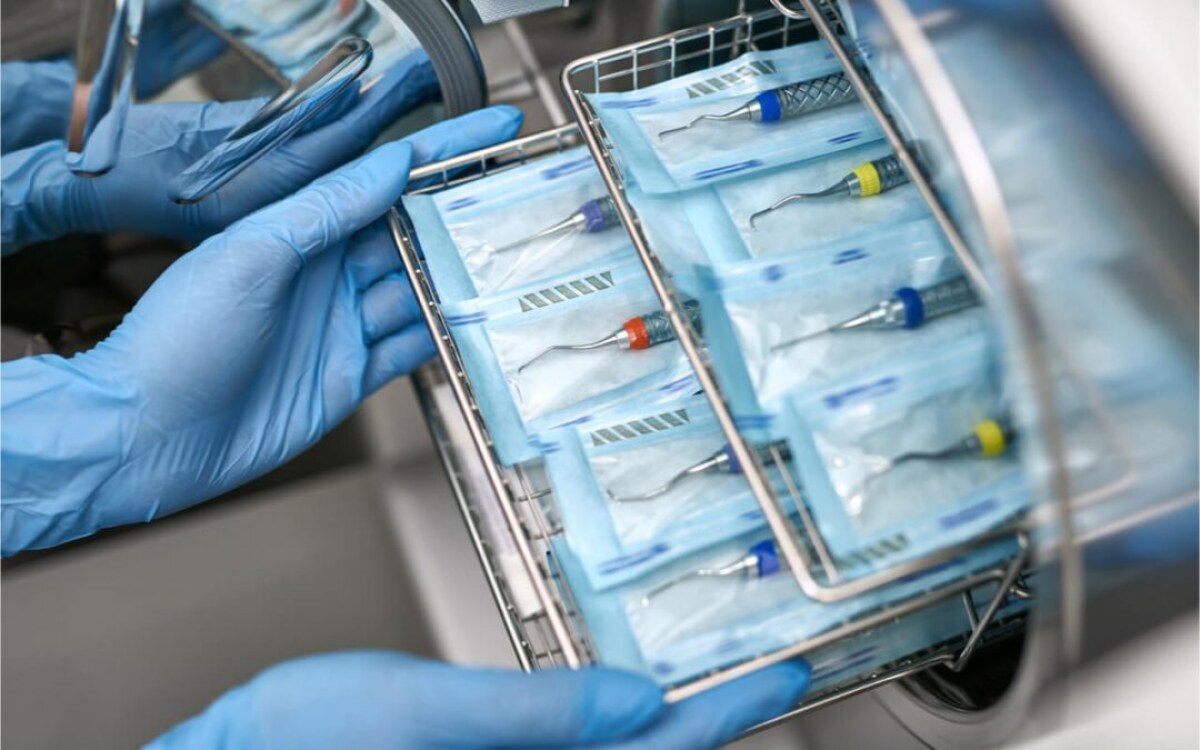Common problems and countermeasures in the production and production of medical sterilized paper plastic packaging bags
Common problems and countermeasures in the production and production of medical sterilized paper plastic packaging bags
Medical sterilization paper plastic packaging bag is a disposable medical sterilization packaging material,
which has good breathability, is conducive to the penetration of sterilization media, high antibacterial
performance after sterilization, convenient chemical monitoring during sterilization process, simple
packaging sealing, good transparency, long safety period after sterilization, easy opening, and other
advantages. At the same time, it can significantly reduce procurement costs and facilitate waste recycling,
meeting environmental requirements. It is the best comprehensive performance medical sterilization packaging material.
However, in the actual production process of medical sterilized paper plastic packaging bags, some
problems are often encountered. Here, the author mainly discusses common problems in material
selection and design of sterilized paper plastic packaging, as well as how to solve them, and shares them
industry insiders.
The correct selection of materials is the first step in the manufacturing of medical sterilization packaging
According to the requirements of EN868-5, ISO11607-1:2006, GB/T19633-2005, and YY/T0698-2009 for
sterilization packaging, medical sterilization packaging materials must meet the following basic requirements:
Compatibility with sterilized instruments
The nature and expected use of the device to a certain extent determine the sterilization method
adopted, and different sterilization methods also affect the selection of packaging system materials.
For example, items with strong adsorption properties are not suitable for ethylene oxide sterilization;
Instruments with PE components are not resistant to high temperatures and are not suitable for high-
pressure steam sterilization; For expensive instruments, it is generally advisable to choose a sterilization
method with a short sterilization cycle as much as possible to increase the frequency of use. Therefore,
the nature of the device itself also determines to some extent the packaging system adopted.
Adapt to the sterilization method used
After undergoing the prescribed sterilization method, the performance of packaging materials should be within the specified limit range.
For example, ethylene oxide sterilization requires at least one material in the packaging system to have
breathability, ensuring that ethylene oxide can enter during sterilization and resolve after sterilization.
Radiation (gamma ray) sterilization does not require high requirements for paper, but has a significant
impact on polymer materials. Therefore, all packaging materials that make up the packaging system must
be able to withstand radiation treatment without aging or cracking.
High temperature steam sterilization requires all materials that make up the packaging system to be able
to withstand appropriate high temperatures, usually placed in an environment of 121-134 ° C for 15-30 minutes.
The requirements for low-temperature formaldehyde sterilization are basically equivalent to steam
sterilization, but the penetration ability of formaldehyde gas is relatively poor.
Plasma sterilization requires that the packaging materials that make up the packaging system must not
contain biological fibers, as these materials can quickly interact with oxidants and their superoxide
radicals, resulting in insufficient concentration of sterilization agents and sterilization failure.
- Sufficient penetration
Packaging materials should facilitate the entry and exit of sterilization factors to ensure sterilization effectiveness.
- Barrier properties of microorganisms
Microbial barrier refers to the ability of a packaging system to prevent microbial entry under specified conditions.
- Mechanical properties
The packaging material should have sufficient strength to prevent damage during sterilization. This
includes the tensile strength, puncture strength, tear strength, and burst strength of the material.
- No toxicity
The material itself does not contain any potentially hazardous components, and also includes surface
coating components of some packaging materials. The material is stable under conventional and
designated sterilization environments, and does not decompose, split, or transfer potential harmful
substances to the surface of the packaged equipment.
Allow sterile opening of packaging for use
There are high requirements for the materials that make up the packaging system and the heat sealing
between different materials. When opening the packaging, there should be no fiber debris generated.
Medical sterilization paper plastic packaging bags are a part of medical sterilization packaging, and the
selection of materials not only meets the above requirements, but also has some other requirements. The
paper of medical sterilized paper plastic packaging bags should not fade, the pH value of the extraction
solution of the paper should be within the range of 5 and 8, and the fluorescence brightness should not
exceed 1%. The UV irradiation source should be irradiated at a distance of 25cm, and the number of
fluorescence spots with an axis length greater than 1mm per 0.01 square meter should not exceed 5. The
hydrophobicity of the paper is that the penetration time is not less than 20 seconds. The average pore
size of the paper should not exceed 35 microns, and the maximum value should be less than 50 microns.
There are also certain requirements for the breathability and water absorption of the paper, which also need to meet the requirements of paper printing.
In addition, when selecting materials for medical sterilization paper plastic packaging bags, the operability
of the materials should also be fully considered. PP film and PE film are extremely commonly used plastic
films. Although these plastic films also meet the requirements of medical packaging materials, they are
rarely directly used in medical paper plastic packaging bags. Due to their inconvenience in bag making
operations, most of them are used by compounding or co extruding PP film or PE film with other materials.
The correct material selection has laid a solid foundation for the production of perfectly sterilized paper
plastic packaging bags.


